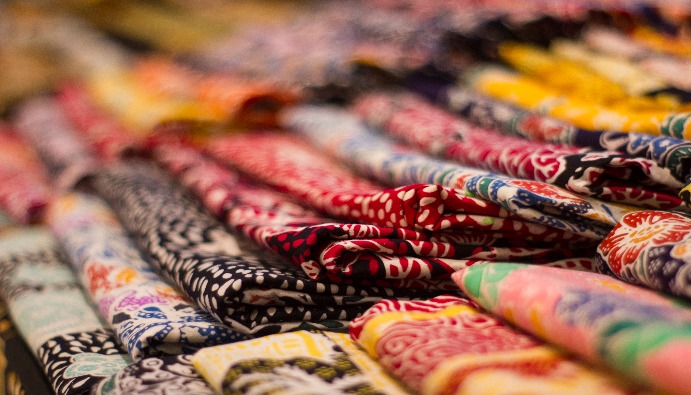
BLOG
KATEGORİDEKİ DİĞER YAZILAR

Textiles are made from fibers such as natural wool, linen, cotton and silk and synthetic cellulose derivatives and polyamides. Other materials, such as metal or rubber components, may be added to give the textile product a particular desired property. Textiles are colored or prepared with different substances to diversify and give the garment a certain quality.
The influence of textile fibers on the allergenic effects of textiles is rare. Usually allergenic effects are caused by the chemicals used to impart certain qualities and performance to the textile product.
Chemicals used in textile products have become a problem that negatively affects both the environment and public health. In terms of the environment, wastewater from dyehouses has serious damages. Some dyestuffs produce toxic degradation products and metal complex dyes release toxic heavy metals into the water.
Research on possible contact allergy as a causative agent has found that some substances used during production may actually be present in finished garments, such as quinolone compounds. In studies examining occupational skin diseases in the dyeing and textile industries, azo dyes were found in textile workers, while formaldehyde and chromate were found in workers in the leather and dyeing industries.
In another study, occupational allergic contact dermatitis was primarily associated with lesions on the hands and wrists of workers. In addition, the risk of hand dermatitis and even widespread occupational allergic contact dermatitis has been reported in people who sell textile products. Dermatitis may preferentially occur in areas where there is close contact between skin and textiles, especially where friction or perspiration occurs.
Allergic reactions from wool have been reported in older sources. However, a recent study found that wool does not have a direct allergenic effect. In addition, skin redness may also occur from cotton products due to skin irritation.
Allergic reactions of textile products occur depending on how the textile is prepared and processed. Biocides used especially in textile products for protection during manufacturing and transportation and to prevent bad odor in sports products are important causes of dermatitis. Various biocides are used in textiles, including triclosan, zinc pyrithione, MCI/MI, dichlorooctylisothiazolinone, dimethyl fumarate and silver particles.
Furthermore, the processing of textiles (e.g. sulfites used during bleaching) can cause allergic contact dermatitis. Formaldehyde also causes significant allergic effects. Type IV reactions are the most common allergic reaction caused by textile dyes. Rarely, Type I reactions are also seen.
Nanolab Laboratories Group continues to provide services within the scope of Consumer Analysis. We also provide services in Footwear Analysis.
Contact us for more information.
You can follow us on LinkedIn for up-to-date news and posts about our services.
Follow our Instagram account to be informed about our latest blog posts.